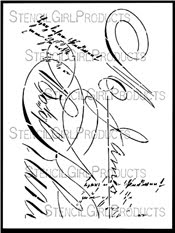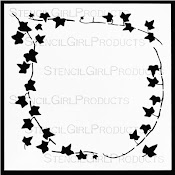StencilGirl Talk: Mary Beth Shaw's VLOG: March 2022
-
StencilGirl Talk: Mary Beth Shaw's VLOG: March 2022: Join Mary Beth in
Amsterdam and Paris! Click here for more information and registration!
Monday, March 31, 2014
Saturday, March 29, 2014
Friday, March 21, 2014
Saturday, March 15, 2014
Friday, March 14, 2014
Thursday, March 13, 2014
Wednesday, March 12, 2014
Sunday, March 9, 2014
Sunday, March 2, 2014
Subscribe to:
Posts (Atom)




















































































